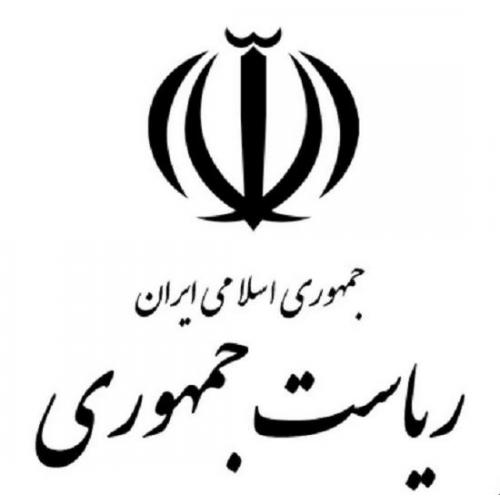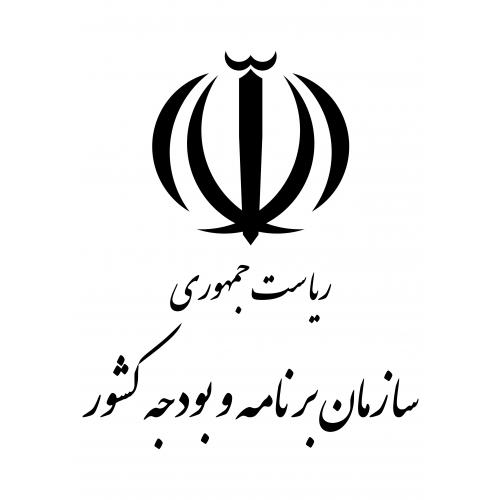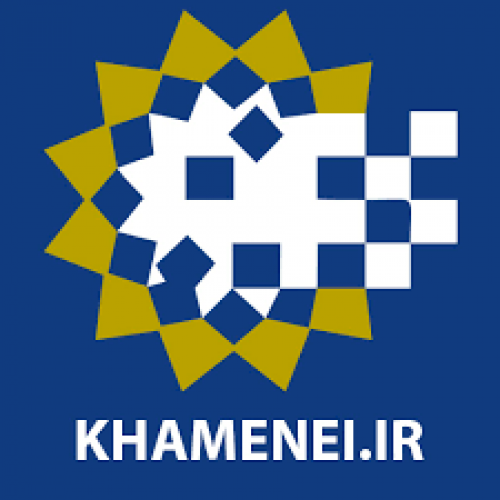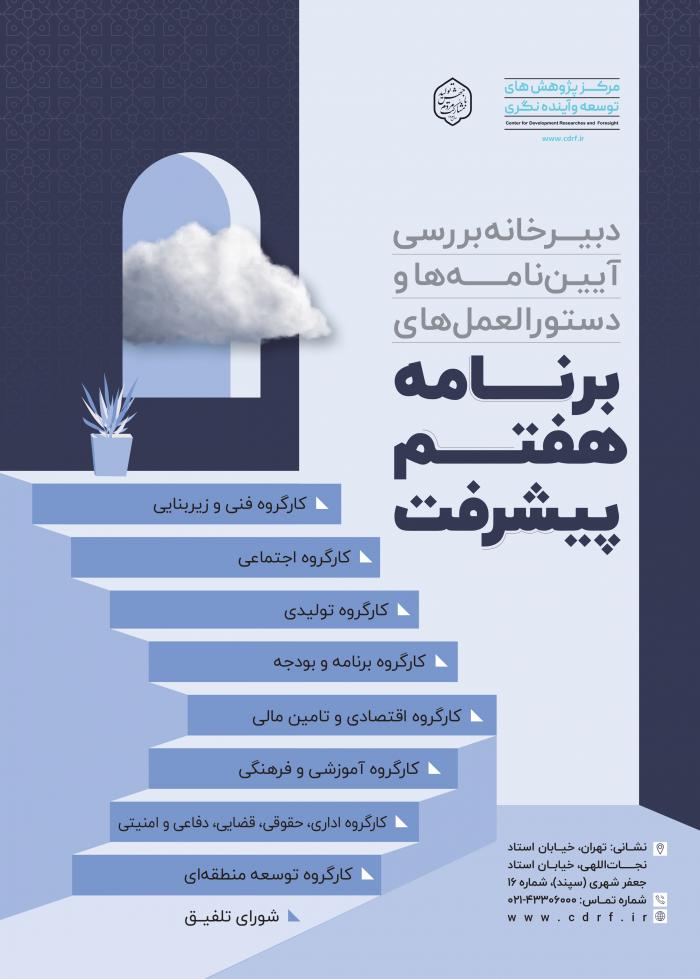
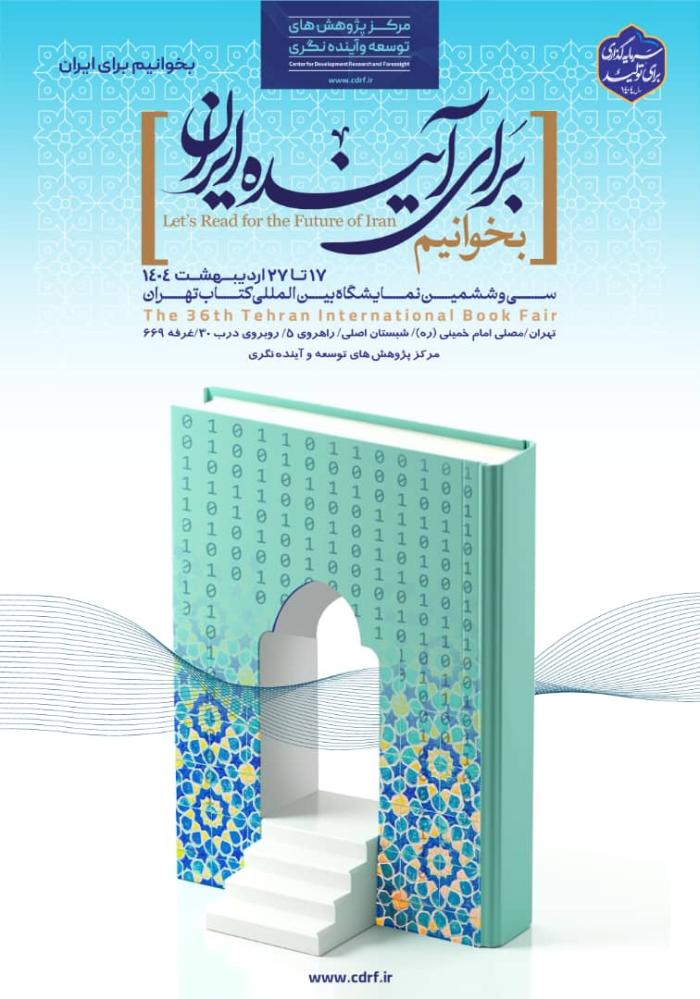
-
بررسی آییننامهها و دستورالعملهای برنامه هفتم پیشرفت
-
بررسی عوامل موثر بر افزایش تصادفات و تلفات جادهای و سوانح رانندگی و دادهکاوی تلفات انسانی
-
سازماندهی و بازآرایی فضایی آموزش عالی کشور
-
به روز رسانی سند ملی آمایش سرزمین
-
انجام مطالعات مناطق آزاد به عنوان نواحی پیشران اقتصادی کشور
-
اصلاح ساختار بودجه و پیاده سازی نظام یکپارچه مدیریت اطلاعات مالی دولت (IFMIS)
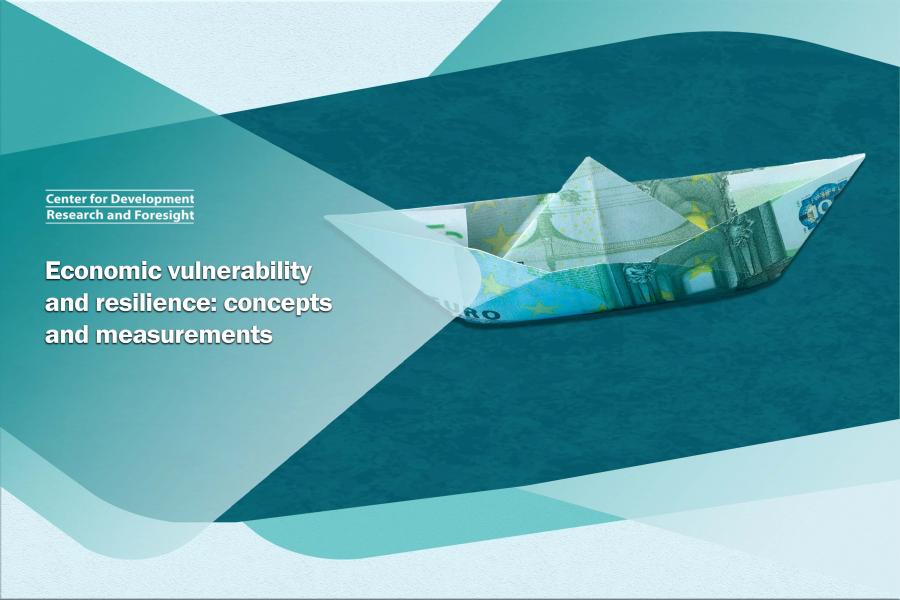
This report delves into the critical concepts of economic vulnerability and resilience, with a specific focus on Iran's economic landscape. It seeks to address a noticeable gap in the Iranian economic literature concerning the foundations of economic resilience and the indicators for its measurement. The report begins by clarifying the concept of economic resilience and elucidating the various economic and social factors associated with it. It introduces a methodology for measuring the Economic Resilience Index and ranks 86 countries based on their economic resilience.
Economic vulnerability, as outlined in the report, pertains to a national economy's susceptibility to external shocks due to open economic policies, making it prone to adverse consequences. On the other hand, economic resistance, characterized by resilience and flexibility, is the ability of a national economy to implement effective policies that enable it to withstand external shocks and recover rapidly from their effects.
The factors contributing to economic vulnerability encompass economic openness, export concentration, and dependence on strategic imports. Meanwhile, the factors enhancing economic resistance include macroeconomic stability, microeconomic market efficiency, good governance, and social development. Good governance, in particular, exhibits a strong correlation with both market efficiency and social development.
Environmental factors are recognized as significant contributors to economic resilience. Neglecting environmental protection can lead to destructive shocks such as earthquakes and floods, which have far-reaching adverse effects on both the economy and society.
Countries are classified into four groups based on the components of vulnerability and economic resilience. The "best cases" are countries that have institutionalized economic resilience requirements. The "worst cases" exacerbate their high vulnerability through policies contradicting economic resilience. " independent" countries have inherently high vulnerability but strengthen their resistance through appropriate policies. The "prodigal son" countries, with relatively low inherent vulnerability, put themselves at risk by adopting policies opposing economic resilience.
The report constructs a composite index to compare countries' economic resilience based on macroeconomic stability, market economy efficiency, good governance, and social development. According to the report, Iran ranks 63rd among 86 countries in the Economic Resilience Index.
While the report's findings are based on 2009 data, its methodology for investigating economic resilience and vulnerability remains a valuable resource for researchers. It underscores the need to reduce dependence on imports for sustainable development, particularly given the challenges posed by extensive sanctions on Iran. The report encourages further research to assess the effectiveness of economic resilience policies and recommends more robust approaches to improve the country's ranking in the aftermath of the seventh development plan.

